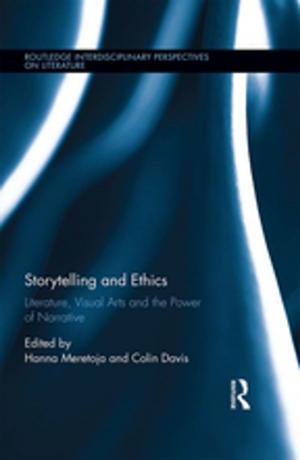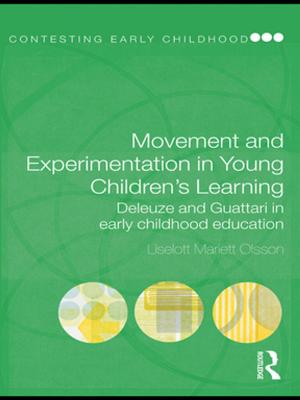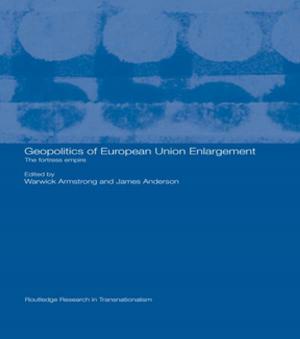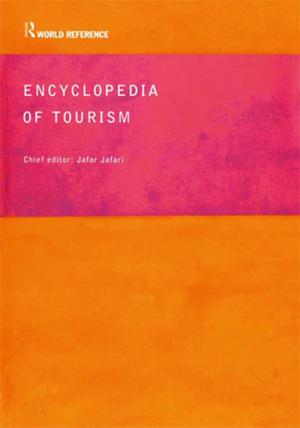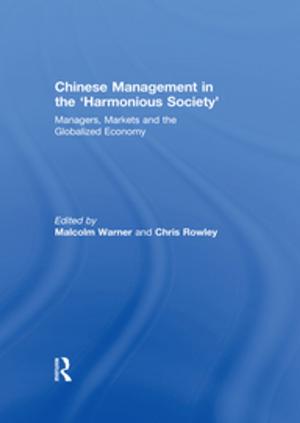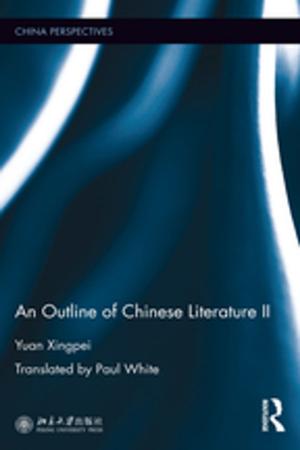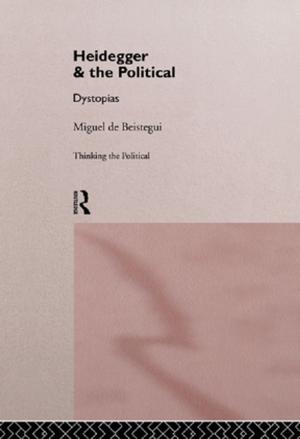Irishness and Womanhood in Nineteenth-Century British Writing
Fiction & Literature, Literary Theory & Criticism| Author: | Thomas Tracy | ISBN: | 9781351155267 |
| Publisher: | Taylor and Francis | Publication: | November 30, 2017 |
| Imprint: | Routledge | Language: | English |
| Author: | Thomas Tracy |
| ISBN: | 9781351155267 |
| Publisher: | Taylor and Francis |
| Publication: | November 30, 2017 |
| Imprint: | Routledge |
| Language: | English |
In The Wild Irish Girl, the powerful Irish heroine's marriage to a heroic Englishman symbolizes the Anglo-Irish novelist Lady Morgan's re-imagining of the relationship between Ireland and Britain and between men and women. Using this most influential of pro-union novels as his point of departure, the author argues that nineteenth-century debates over what constitutes British national identity often revolved around representations of Irishness, especially Irish womanhood. He maps out the genealogy of this development, from Edgeworth's Castle Rackrent through Trollope's Irish novels, focusing on the pivotal period from 1806 through the 1870s. The author's model enables him to elaborate the ways in which gender ideals are specifically contested in fiction, the discourses of political debate and social reform, and the popular press, for the purpose of defining not only the place of the Irish in the union with Great Britain, but the nature of Britishness itself.
In The Wild Irish Girl, the powerful Irish heroine's marriage to a heroic Englishman symbolizes the Anglo-Irish novelist Lady Morgan's re-imagining of the relationship between Ireland and Britain and between men and women. Using this most influential of pro-union novels as his point of departure, the author argues that nineteenth-century debates over what constitutes British national identity often revolved around representations of Irishness, especially Irish womanhood. He maps out the genealogy of this development, from Edgeworth's Castle Rackrent through Trollope's Irish novels, focusing on the pivotal period from 1806 through the 1870s. The author's model enables him to elaborate the ways in which gender ideals are specifically contested in fiction, the discourses of political debate and social reform, and the popular press, for the purpose of defining not only the place of the Irish in the union with Great Britain, but the nature of Britishness itself.

